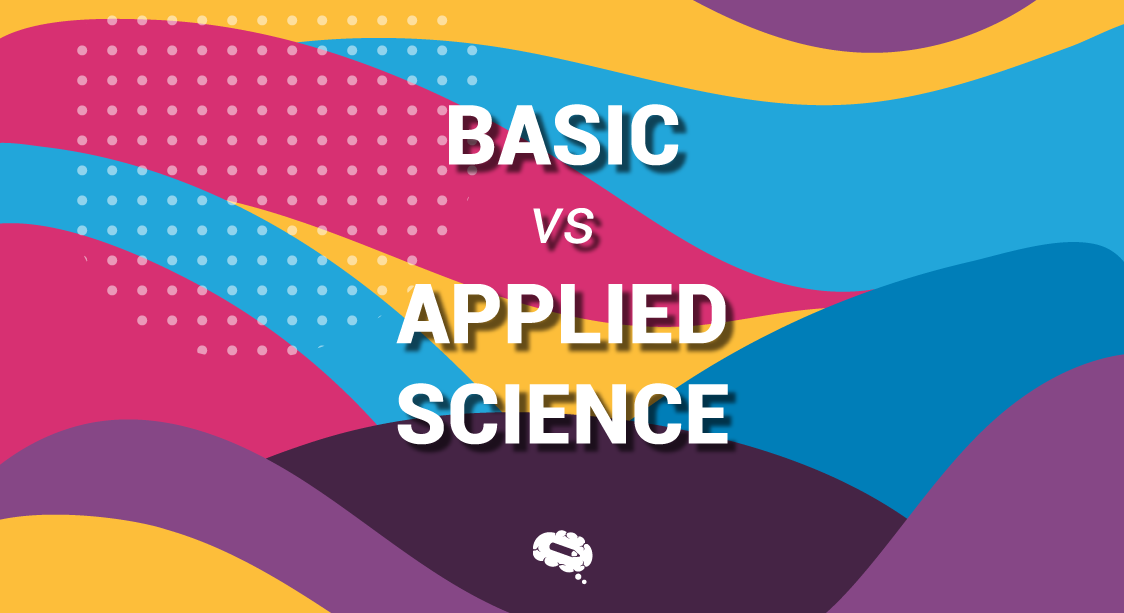Case-control studies play a very important role in medical research and have contributed significantly to our understanding of the etiology of numerous illnesses and ailments. These studies are especially beneficial for researching uncommon or complicated diseases, or for looking into potential risk factors for diseases when a randomized controlled trial would be impracticable or unethical.
This article is intended to provide you with useful information on the case-control study. It covers the basics, such as the distinction between a cohort and a case-control study, before delving into more complex themes to help you obtain a deeper grasp of the subject.
What is a case-control study?
A case-control study is a sort of observational study that is frequently used in medical research to determine the causes of a particular disease or condition. A case-control study compares a group of people with the disease or condition of interest, called as cases, to a control group of people who do not have the ailment, the controls. The study’s purpose is to detect variations in exposures, risk factors, or other features between the two groups that may be related to illness development.
They are frequently employed as a first phase in the research process to detect potential illness risk factors before doing broader, more extensive research.
The effectiveness of a case-control study is one of its key advantages. Researchers are not required to monitor a huge number of people over a lengthy period of time to identify who will acquire the disease because the study is undertaken after the condition has already happened. They can instead recruit a smaller sample of patients and controls and compare their features.
When is a case-control study used?
In medical research, a case-control study is typically employed in these situations:
- To identify illness risk factors: Case-control studies are frequently used to discover illness risk factors. They’re ideal for this because they allow researchers to compare the exposures, lifestyles, and other features of people with and without the disease.
- When a controlled trial is impractical or unethical: A randomized controlled trial may not be ethical or possible in several cases. It would be unethical, for example, to assign individuals at random to a group which is exposed to a known carcinogen.
- When it’s a rare disease: When the frequency of an illness is low, conducting a large randomized controlled trial to evaluate its causes may not be possible or viable.
- Long latency period: Since certain diseases take a very long time to develop, it may be impractical to study a large number of people over time to identify who will get the condition.
Cohort vs. case-control study
Cohort studies and case-control studies are two methods of observational studies that are commonly utilized in medical research. While they have certain commonalities, they also have some significant differences.
A cohort study is a method of observational research that follows a group of people over time to see if a certain exposure or intervention is connected to a specific result. Individuals in a cohort study are defined based on their exposure statuses, such as a risk factor or a specific treatment, and are monitored over time to see if they develop the particular disease of interest.
A case-control study, on the other hand, is a method of observational research that compares a group of people, cases, with an illness or condition to a group of people, control, who do not have the ailment. A case-control study aims to discover differences in exposures, risk factors, or other features between the two groups that may be connected to illness development.
Key differences between cohort and case-control study
- Timing: In a cohort study, individuals are monitored to determine if they will get the disease of interest, whereas, in a case-control study, they already have the disease.
- Casualty: In a cohort study, the exposure or intervention is the cause of the disease, and the study will determine whether there is a causal connection between the two, however in a case-control study, the causality is less definite, and the study attempts to identify possible risk factors rather than the causality.
Benefits and limitations of case-control studies
Benefits
- Case-control studies are less time-consuming and less expensive to undertake than other research approaches since they involve fewer people.
- Case-control studies might include several exposures that resulted in a single outcome.
- The ability to investigate illnesses with extended latency periods without having to observe patients until they get ill.
Limitations
- Case-control studies are prone to selection bias, which arises when the cases and controls are not true to the population from which they are taken.
- Since case-control studies are undertaken after the event has happened, they are unable to show temporal correlations between exposures and outcomes.
- Case-control studies, like observational studies, are prone to study bias. They are especially vulnerable to observer, recall, and interviewer bias.
- Another typical problem of a case-control study is confounding. This happens when a third variable is connected to the exposure and the result, making it difficult to separate the effects of the exposure and the confounding variable.
Examples of case-control studies
The connection between smoking and cancer: A study examined the smoking behaviors of people with lung cancer to those who did not have lung cancer and discovered a substantial connection between smoking and the development of lung cancer.
Pesticide exposure and Parkinson’s disease: A study compared pesticide exposure in people with Parkinson’s disease to people without the condition and discovered a substantial connection between pesticide exposure and Parkinson’s disease development.
Diet and breast cancer: A study examined the diets of women with breast cancer to those of women who did not have the disease and discovered a connection between high-fat diets and an elevated risk of breast cancer.
Professional and custom designs for your publications
A well-designed and illustrated publication displays professionalism and attention to detail, which can boost the content’s trustworthiness. Make your publication stand out by utilizing the Mind The Graph tool, and reap the benefits of a professional, user-friendly tool to capture the attention of your target audience and make a lasting impression on your reader.

Subscribe to our newsletter
Exclusive high quality content about effective visual
communication in science.






